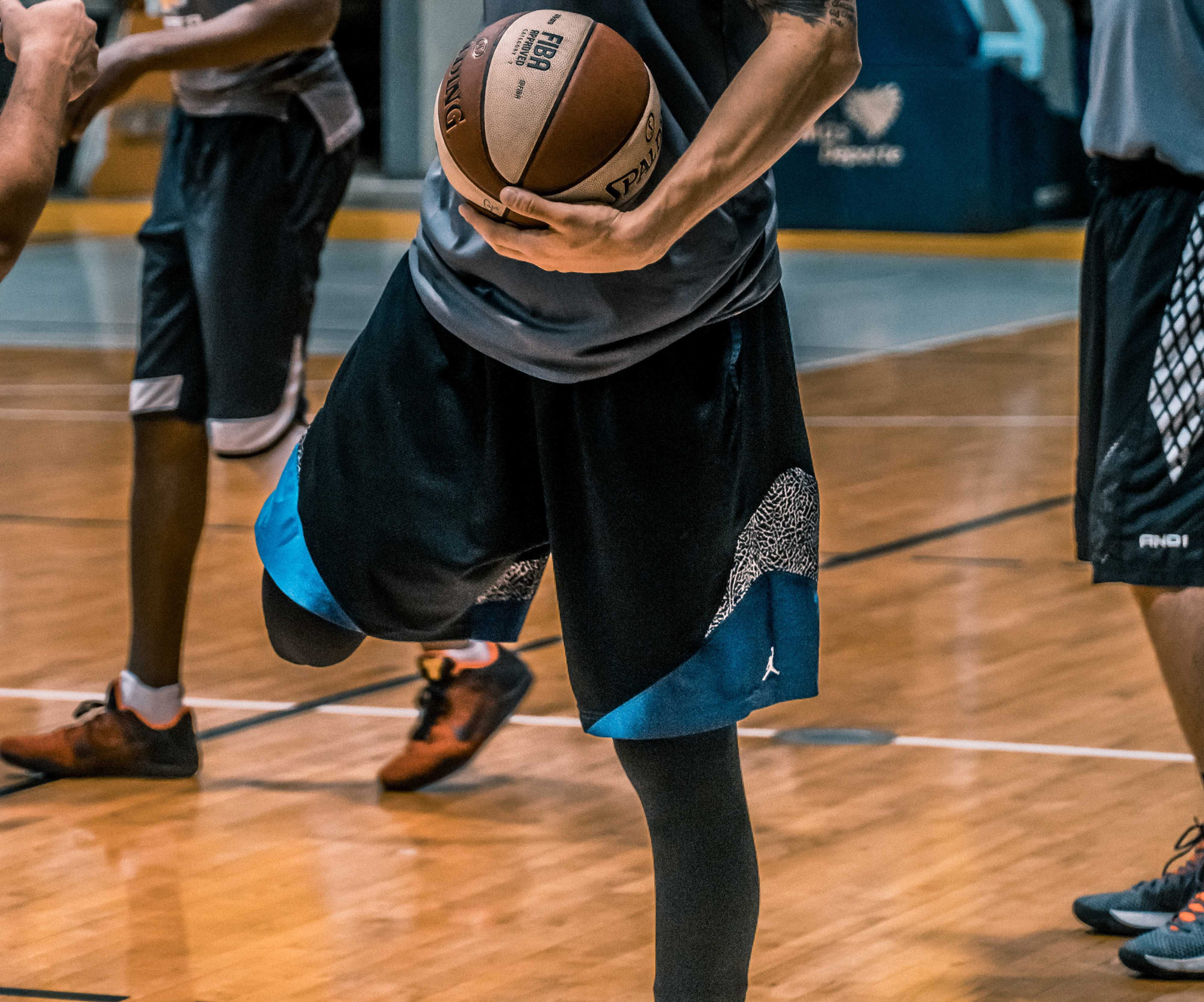Compression garments have long been prescribed as medical treatments to help with lymphedema (swelling), varicose veins, blood clot prevention and venous leg ulcers. While their healing benefits have been well established in medicine for decades, the sports and fitness industry has also taken notice and began to tout its benefits.
The History of Compression Therapy
The first medical mention of compression therapy dates back to 300-400 BC in which bandages were used to wrap the lower legs in an effort to promote healing and reduce lymphedema (swelling).
In the 1950’s, the medical compression socks were invented to treat varicose veins and by the 1980’s the sports world started to use compression garments to increase athletic performance.
Compression Clothing in 2022
In today’s context, compression garments and sleeves are elastic type fabrics that use a specifically measured control gradient to direct blood flow of the particular body area in which it’s applied back to the heart. In doing so, this helps reduce the diameter (or width) of the veins and forces venous blood return to the heart.
Forcing blood back to the heart helps reduce and alleviate swelling, which consequently reduces pain and discomfort. It also takes pressure off of your veins, so they do not need to work as hard to direct blood flow back to the heart.
How Compression Garments Benefit Athletes
 In regards to athletics and sports, compression garments are used to compress specific muscles in order to increase blood flow as well as, in some sports, reduce drag and make the athlete more aerodynamic.
In regards to athletics and sports, compression garments are used to compress specific muscles in order to increase blood flow as well as, in some sports, reduce drag and make the athlete more aerodynamic.
Doing so speeds up lactate removal and increases oxygen supply which result in faster muscle recovery, less tissue damage and reduced muscle fatigue after exercise or sporting events.
Some studies suggest the wearer is mentally more aware of the body part or muscle the compression garment is applied to, thereby increasing body proprioception and may improve neurotransmission which resulted in better body mechanics. It’s also suggested the physiological impact alone can lower the level of perceived exertion on the muscle as well as increase performance.
Compression Sleeves and Stockings Offer Support
In addition to promoting blood flow, they can also work as a type of support. These fall into three categories of: preventive support, functional support, and post-operative or rehabilitative support.
These devices work to reinforce and position body parts in the correct anatomical position (preventive support). If a muscle or join is weak, the compression garment can help stabilize the joint and therefore prevent injury.
They also add strength and better mobility (functional supportive) which may improve athletic performance. Lastly, they reduce muscle fatigue, tissue damage and swelling (post-operative/rehabilitative support) which can add in the physical recovery of patients after surgery or trauma as well as reduce their symptomatic complaints of pain secondary to swelling or edema.
For decades compression garments have proven useful for a myriad of people: from post-surgical patients to professional athletes and everyone in between. With their relatively inexpensive cost and ease of use they are an obtainable option for many individuals, even if they aren’t a professional athlete.
If you think Compression Therapy might be a good fit for you, contact us to schedule an appointment with one of our chiropractors or physical therapists in NYC.
Who Can Benefit from Compression Therapy
Nearly any profession that requires standing for long periods of time (teachers, health care professions, flight attendants, etc.) or anyone who partakes in recreational activity or sports (soccer, running, basketball, etc.) can find some benefit to using compression therapy.
Regardless of their use, it’s suggested that most medical grade compression stockings are good for about 4-6 months and then need to be replaced due to loss of elasticity depending on frequency and duration of wear.
Sources: Compression Garments for Medical Therapy and Sports – PMC (nih.gov)
